In a recent post to the Health Affairs Blog, Charles Roehrig, an economist who serves as VP and director of Altarum’s Center for Sustainable Health Spending, presented some very interesting graphics of long term health care cost growth in the U.S. He shows the often-presented statistic of health care cost as a percent of Gross Domestic Product (GDP) over the 46 year period since Medicare was established in 1965. The climbing graph is bumpy due to the effect of recessions and recoveries on the GDP measure in the denominator. To see the underlying health care cost growth more clearly, Roehrig calculates what the GDP would have been during each time period if the economy was at a full employment state, called the “potential GDP.” He then calculates health care cost as a percentage of potential GDP. This creates a nice, steady upward ramp from 6% to almost 17%.
Then, using the potential GDP as a base, Roehrig created a great graphic showing how fast hospital, physician, prescription drug and other cost components grew in excess of the potential GDP. In his blog post, Roehrig tells the story in graphs and words. I created the following version of Roehrig’s graph to try to incorporate more of the story into the graph itself.
 Roehrig concluded that the “policy responses to excess growth for hospital services, physician services, and prescription drugs seem to have been fairly successful.” But, he referenced Tom Getzen, who warns against assuming that the recent lower growth rate is the “new normal.” Rather, it may be temporarily low due to the lagged effects of the recent recession. So, it may be too early to break out the champagne.
Roehrig concluded that the “policy responses to excess growth for hospital services, physician services, and prescription drugs seem to have been fairly successful.” But, he referenced Tom Getzen, who warns against assuming that the recent lower growth rate is the “new normal.” Rather, it may be temporarily low due to the lagged effects of the recent recession. So, it may be too early to break out the champagne.
I really like showing such a long time horizon and breaking down health care costs into these five categories. And, I am convinced that using potential GDP represents an improvement over the conventional GDP measure as a denominator for cost growth statistics. But, I’ve never understood the popularity of expressing costs as a percentage of GDP in the first place. In my opinion, it is more relevant to just show growth in real (inflation-adjusted) per capita costs, or the insurance industry variant of that, “per member per month” (PMPM) costs. Using GDP or potential GDP in the denominator seems to imply that, as our country gets more populous and richer, we should increase health care costs accordingly. I agree with the idea that population growth should logically lead to increasing health care expenditures. Expressing costs on a per capita basis handles that issue. But, if we are prioritizing health care services as essential services, we would not necessarily need to spend that much more on health care if we got richer.


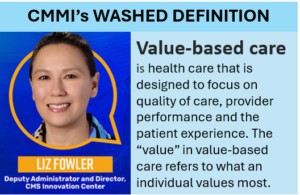


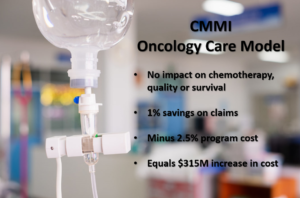






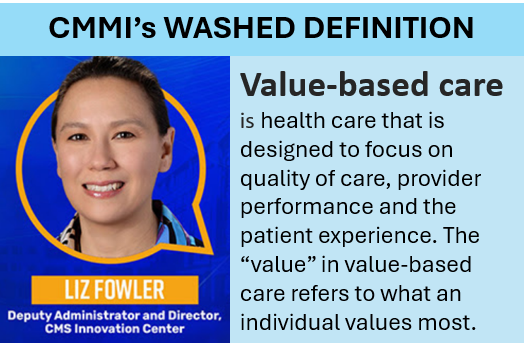


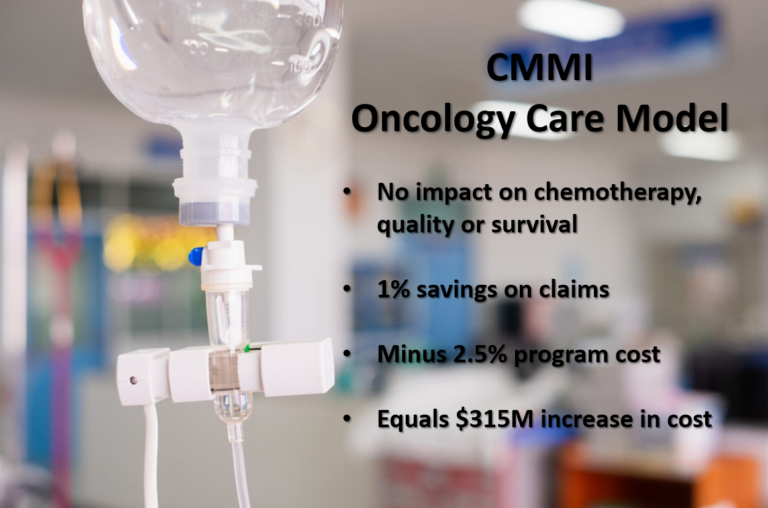

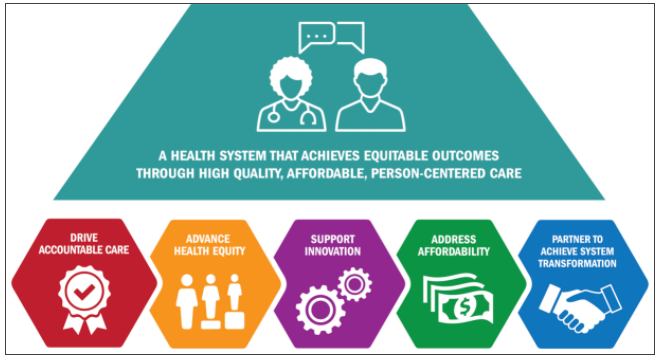
2 thoughts on “Telling a 46 year health care cost growth story in one graph”
Rick:
I really like the way you incorporated the story into the graph — especially the lines showing the averages over the four time periods. Very nice!
I also wanted to briefly comment on why I think tracking health spending as a share of GPD (and PGDP) is important. About half of health spending is financed by federal and state governments. This includes Medicare, Medicaid, and the cost to the government of the tax deductibility of employer sponsored health care premiums. As health spending grows as a share of GDP, so does the share of GDP that the government must collect in taxes to pay their health care related expenses. Unless the public is willing to increase tax payments as a share of GDP, this leads to crowding out of other government programs and/or increasing deficit spending. I am working on an extended version of this argument for an upcoming blog that, I hope, will be clearer than this brief response.
Charles, thanks for your great statistics and for taking the time to comment. If the question is about government expenditures for health care crowding out other government expenditures, why wouldn’t the right metric just be the proportion of government revenue dedicated to health care? Also, I feel a little uncomfortable about the underlying premise of assuming that tax payments are fixed (even though politically and empirically that might be true) since that sounds too much like accepting that the government has some intrinsic right to a certain percent of what we produce. I’ll definitely look for your upcoming blog post to learn the full explanation.